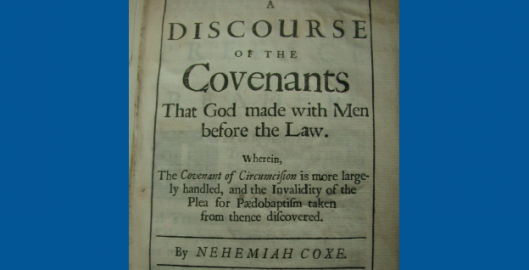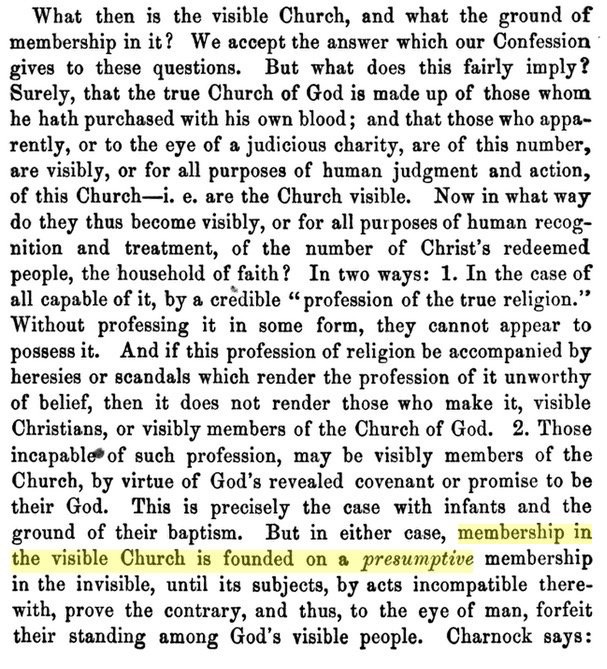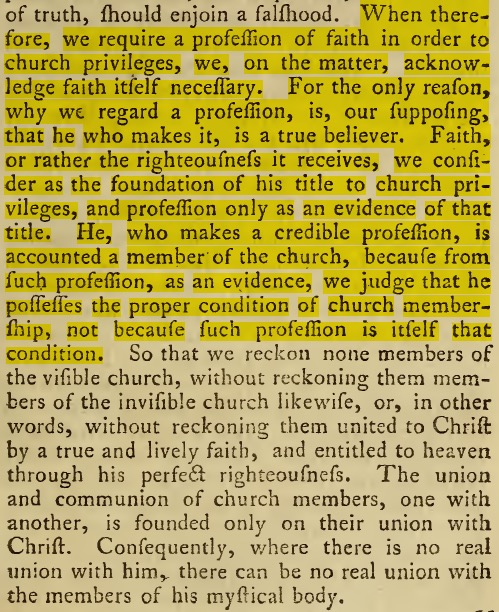Books
From Shadow to Substance
On 20, May 2018 | In Books, Featured, Resources, Samuel Renihan | By Brandon Adams
Samuel D. Renihan’s dissertation on particular baptist covenant theology has now been published as From Shadow to Substance: The Federal Theology of English Particular Baptists (1642-1702).
The book is a tremendous blessing. It helpfully shows the step-by-step progression of particular baptist thought across numerous different works. It also does a very good job of setting the proper context for particular baptist federalism by charting the development of two different streams of covenant theology within the broader reformed tradition in the 16th and 17th centuries. This method helps clarify what is and is not denied by 1689 Federalism. 1689 Federalism does not deny that salvation was “administered” to Old Testament saints by the types and shadows of the Old Covenant. What it denies is the idea that the Old and New Covenants were the same covenant (the majority opinion of the time, and the foundation of paedobaptism – expressed in the Westminster Confession). Renihan helpfully shows how the baptists built upon this minority strain of covenant theology and typology articulated by John Cameron (1608) and others.
John Cameron (c. 1579-1625) is the most important author included in this survey. In 1608 at Heidelberg he defended De triplici Dei cum homine foedere theses, theses concerning the threefold covenant of God with man. Here he discussed the vetus foedus sive foedus suserviens, the old covenant or the subservient covenant. Previous authors had distinguished the old covenant from the covenant of grace and assigned a subservient function to it. But such authors were still working within the twofold foedus operum and foedus gratiae dichotomy (usually based on exegesis of Galatians 4:24). Cameron stepped beyond this model by positing that God’s covenant is threefold, and that the old covenant was neither the covenant of works, nor the covenant of grace, but a separate legal and subservient covenant…
One of the key features of his discussion of the covenant of grace is his distinction between the covenant of grace promised (promissum) and promulgated (promulgatum et sanctium). This deserves greater attention because it is this distinction that later opponents of the Particular Baptists saw operative in their covenant theology…
Another key feature of Cameron’s thought is his discussion of typology. The old covenant pointed sinners to Christ not just negatively, but positively “as being a Type, and a similitude of the new Covenant.” The Israelites that lived under the subservient covenant were not simply instructed that they were sinners, but furthermore they were instructed about forgiveness and deliverance.
This was not new. But Cameron teased out the details more than others before him by describing typology on two levels. Most Reformed writers would discuss the sacraments under the idea of the two administrations of the covenant of grace. Circumcision and baptism or the Passover and the Lord’s Supper were simply two different external forms of the same thing. The substance was the same; the accidental administration was diverse. The difference could be analogized as two sets of clothing for one person, or two sets of utensils used to eat the same food.
Cameron, however, treated the relationship between type and antitype with greater nuance. He said, “The Sacraments, Sacrifices, and Ceremonies of the Old Testament did set forth Christ, and the benefits by Christ; not primarily, but secondarily, and that too, but darkly; but the Sacraments of the New Covenant do shew forth Christ primarily, and that clearely.” Insofar as Old Testament Israelites looked past the types to the antitypes, they were partakers of salvific benefits, while at the same time enjoying earthly benefits. (48-53)
It is worth nothing that the recent OPC Report on Republication acknowledges these two distinct views of typology and covenant theology (see footnotes 169 and 275).
This book is essential reading for anyone studying 1689 Federalism. Lord willing, it will provoke a meaningful discussion in the academic literature.





